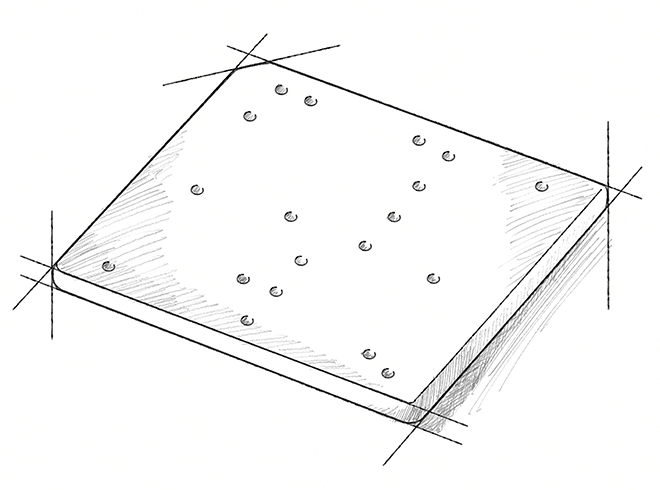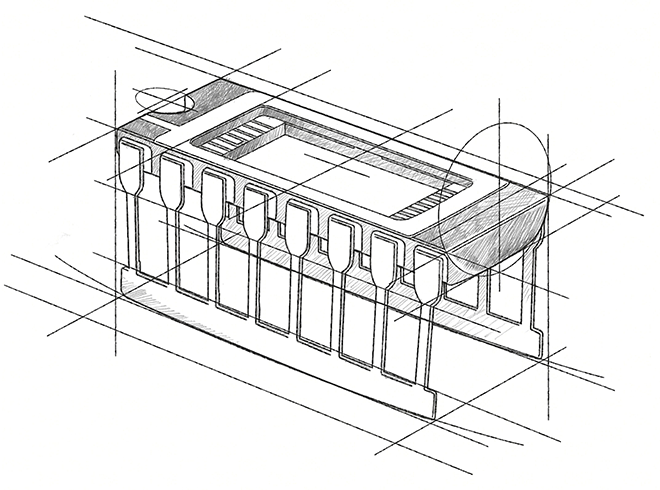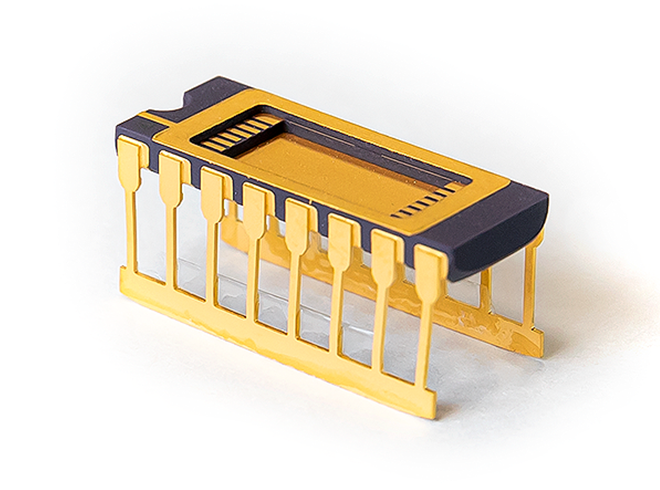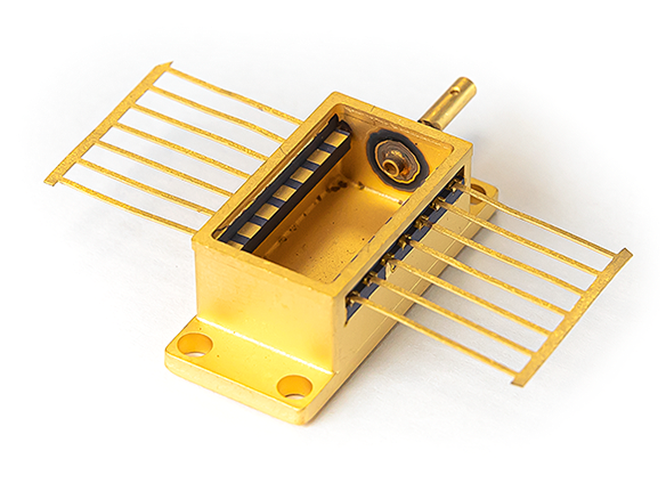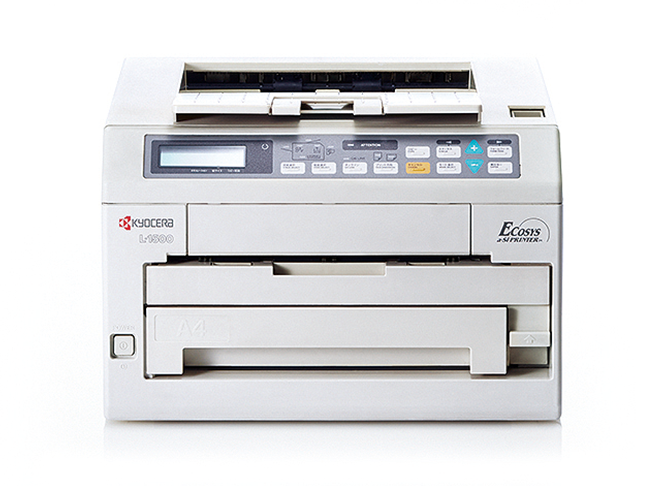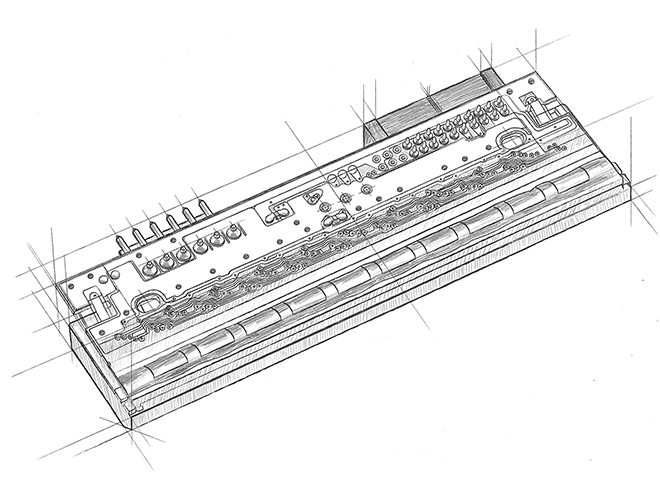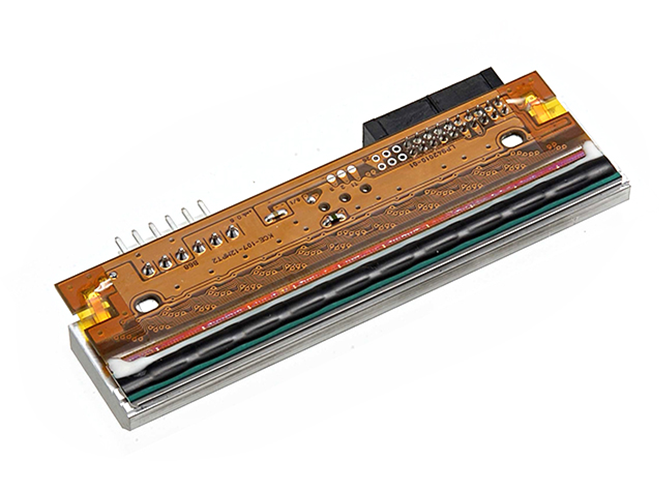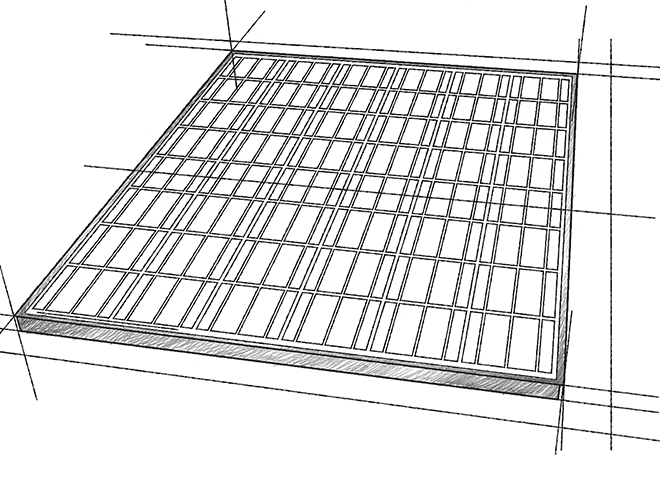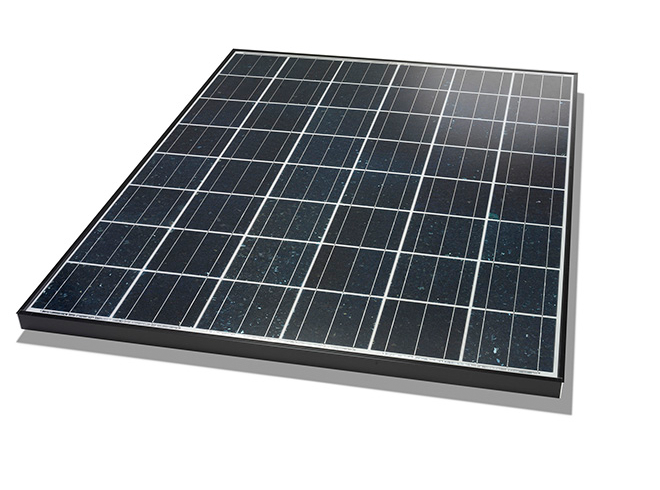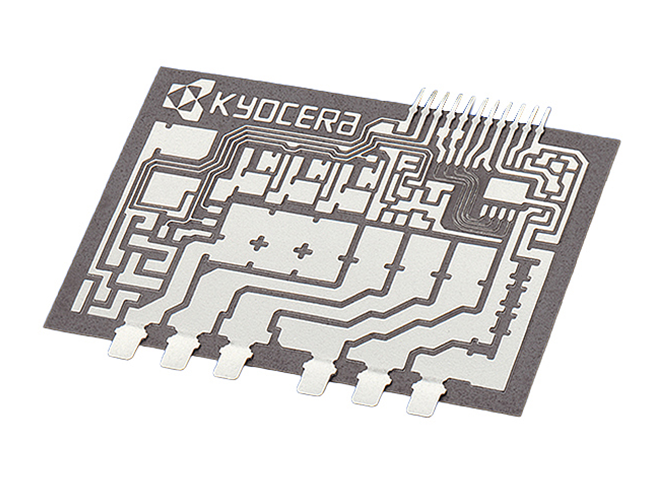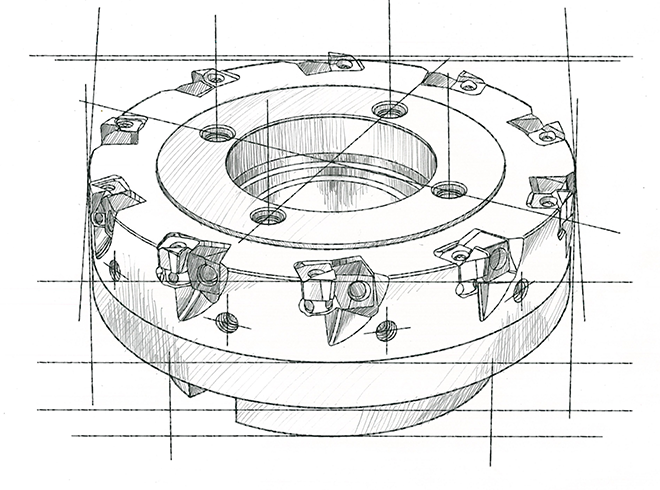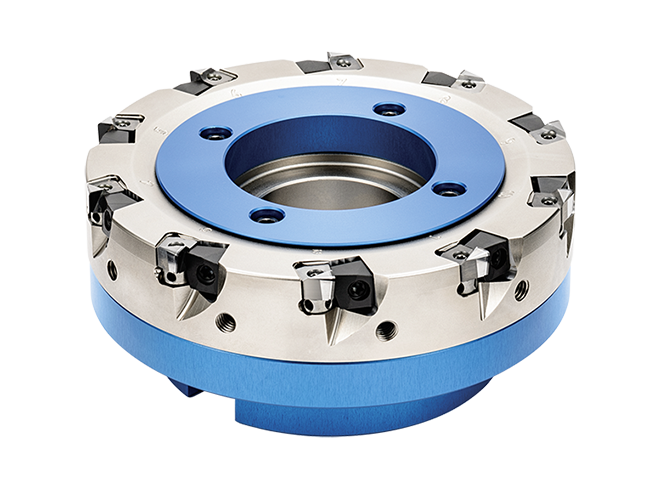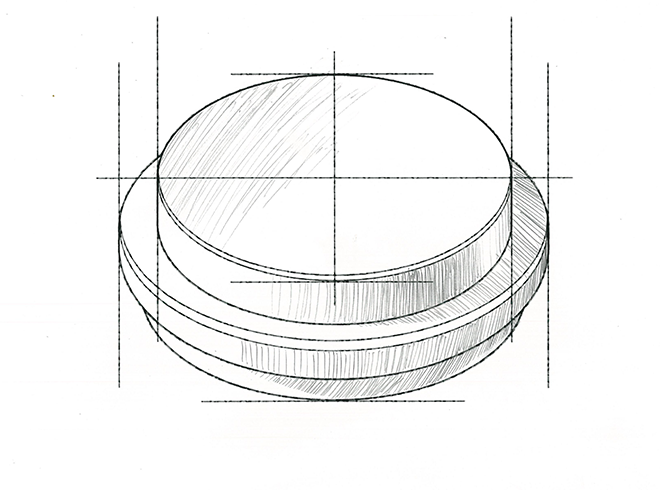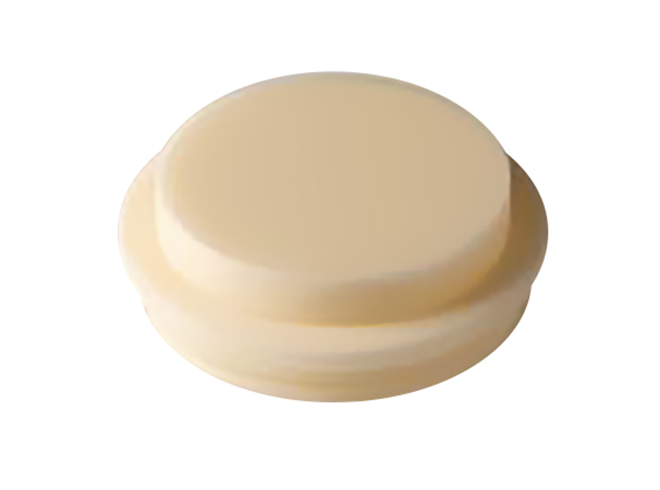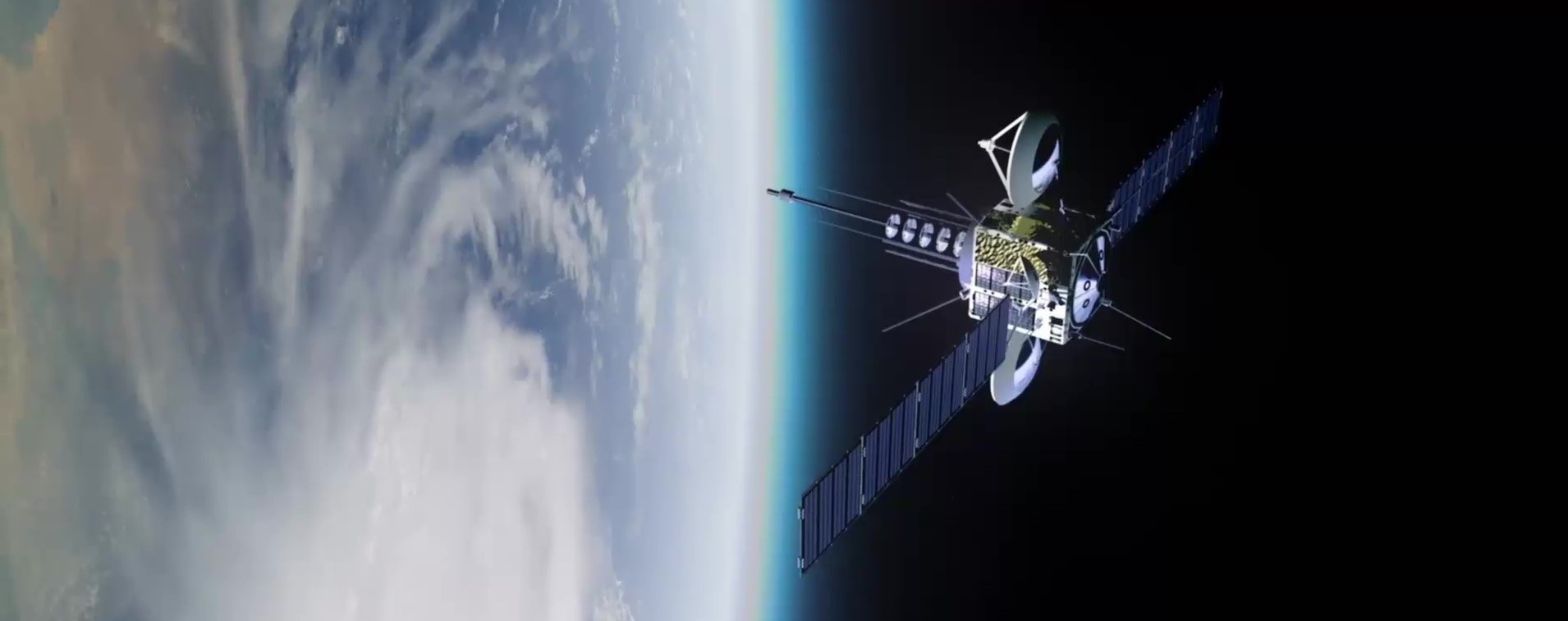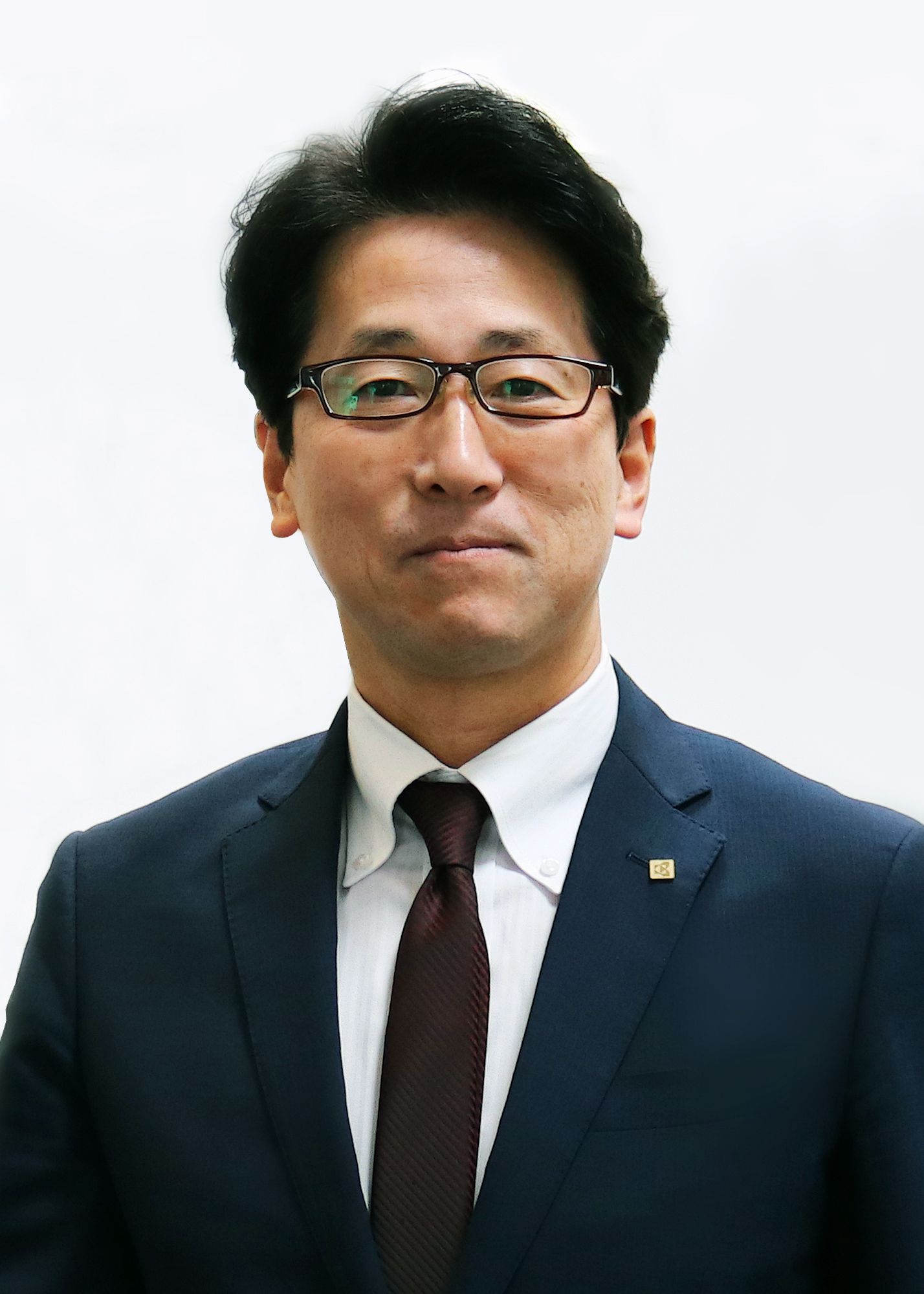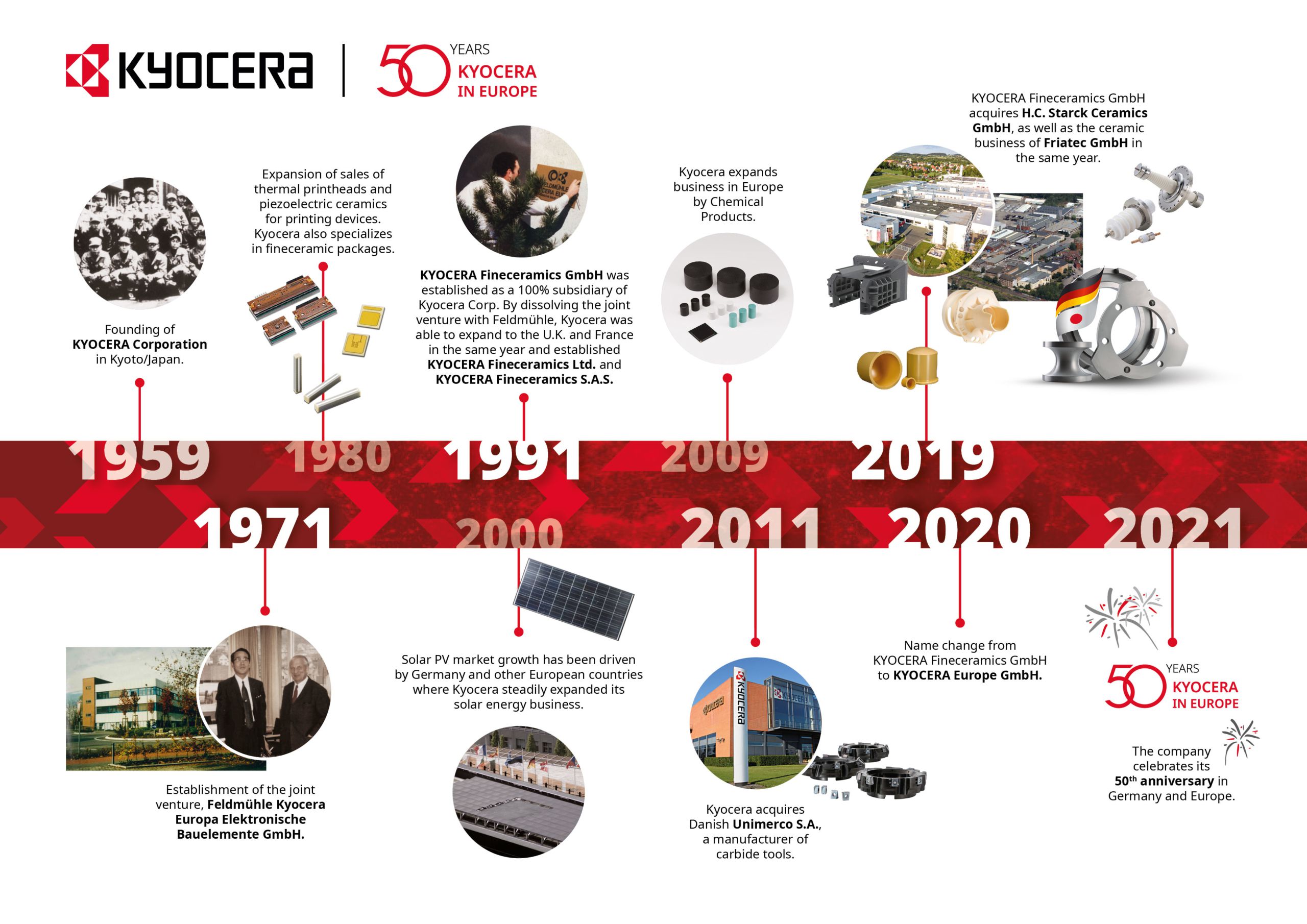
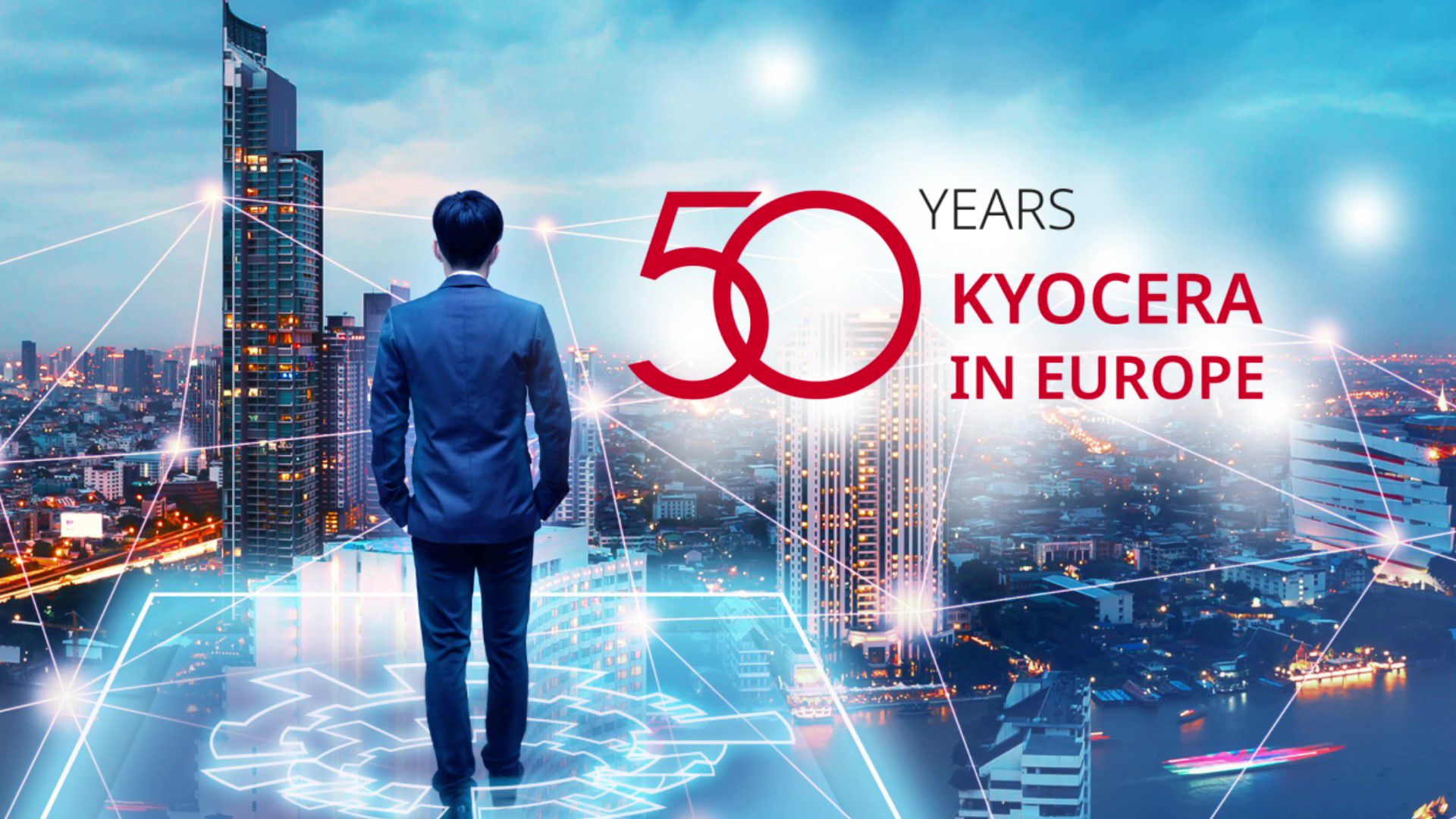

For over 50 years, Kyocera has contributed to Europe’s development
with advanced technology and component solutions.
Discover more below:


In 1971, the world's first email was sent by Ray Tomlinson, a computer engineer at BBN
Technologies in the United States. Originally developed for contacting colleagues that could
not be reached by phone, email soon became one of the world's most important computer
applications that would set the stage for future computing developments.
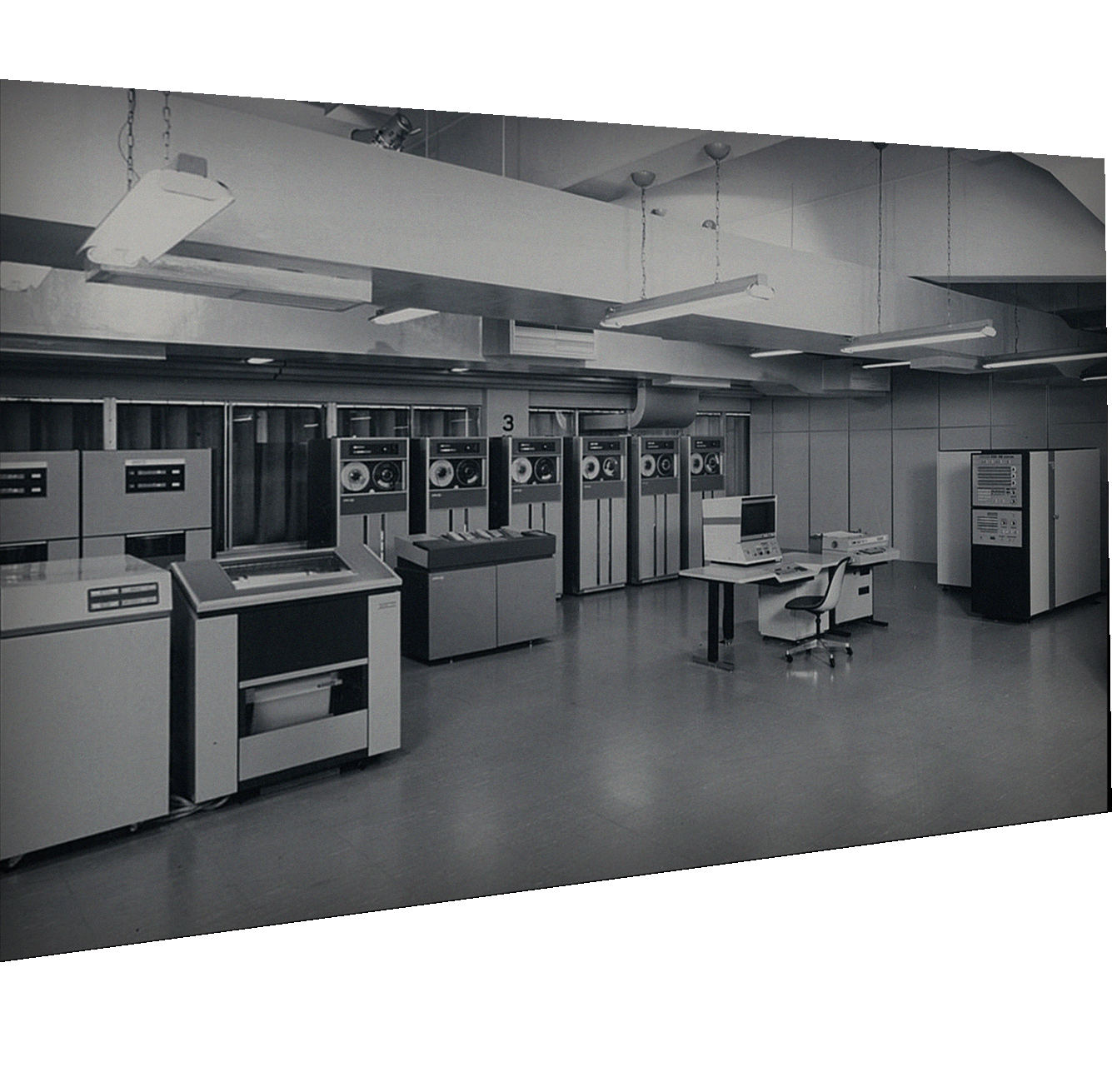


In 1981, IBM entered the home computing market by releasing its first microcomputer for personal use,
the Personal Computer. While personal computers were available during the 1970s,
the industry saw a rapid rise through the 1980s as computers developed easy-to-use functions,
user-friendly graphical user interfaces, and more sophisticated applications and programs.
During the decade, computers in the workplace became the norm,
and the idea of a PC in every home would eventually become a reality.


While the early internet began development in the
1960s, the current World Wide Web was invented by
Tim Berners-Lee at CERN in 1989, with the first
web browser released to the public in 1991.
By providing a framework that facilitated easy access of information
from the World Wide Web, the internet industry grew
rapidly,bringing greater economic growth and, for
the first time, a single, connected world.


In 1995, the first Conference of Parties (COP 1)
was held in Berlin following the establishment of the United
Nations Framework Convention on Climate Change
the preceding year. While later meetings of COP
established such international frameworks as the Kyoto Protocol,
COP 1 was significant as it marked some of the first joint
international measures targeted at combatting climate change.
In 2002 the Euro became the official legal
monetary tender of EU member states, and in
the process, facilitated the expansion of the
world's largest single market.
The Kyoto Protocol, which was ratified and became effective in 2005, aims
to limit global greenhouse gas emissions. The goals outlined in the Kyoto
Protocol, of which the original treaty drafting in the 1990s benefited
greatly from leadership from then-German Environmental Minister
Angela Merkel, were further propelled by European leadership
and commitment to climate change action throughout the continent.
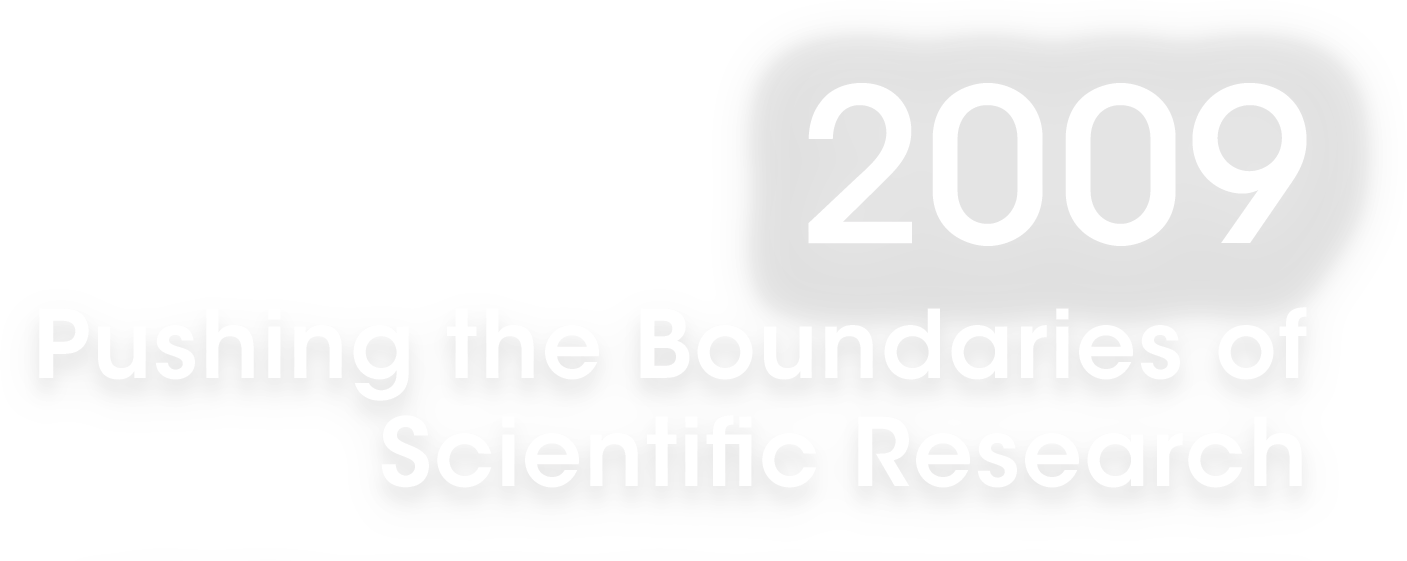
In 2009, CERN's Large Hadron Collider (LHC) began its first operational run.
The installation, 27 kilometers in circumference, is used for experiments in particle physics,
and was the site of the Higgs Boson discovery in 2012.


In 2014, Formula E became the first major automotive racing
championship to feature exclusively electric cars, and the first
European ePrix was held in Monaco in May 2015. Formula E
has helped promote technological innovation and the
popularization of electric vehicles (EVs).
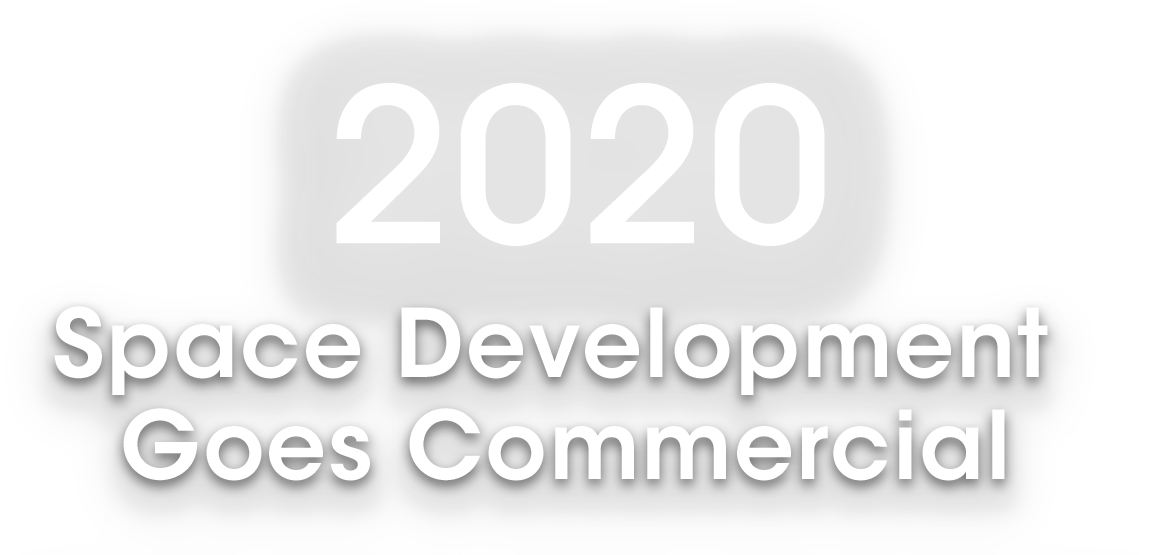
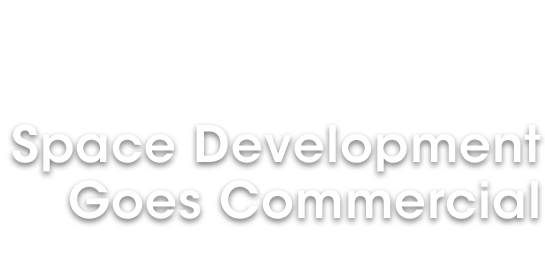
In May 2020, SpaceX became the first commercial enterprise to
successfully send a crew of astronauts to the International
Space Station in Earth's orbit. This was followed by further
successful commercial crewed space missions from Virgin
Galactic and Blue Origin in 2021.
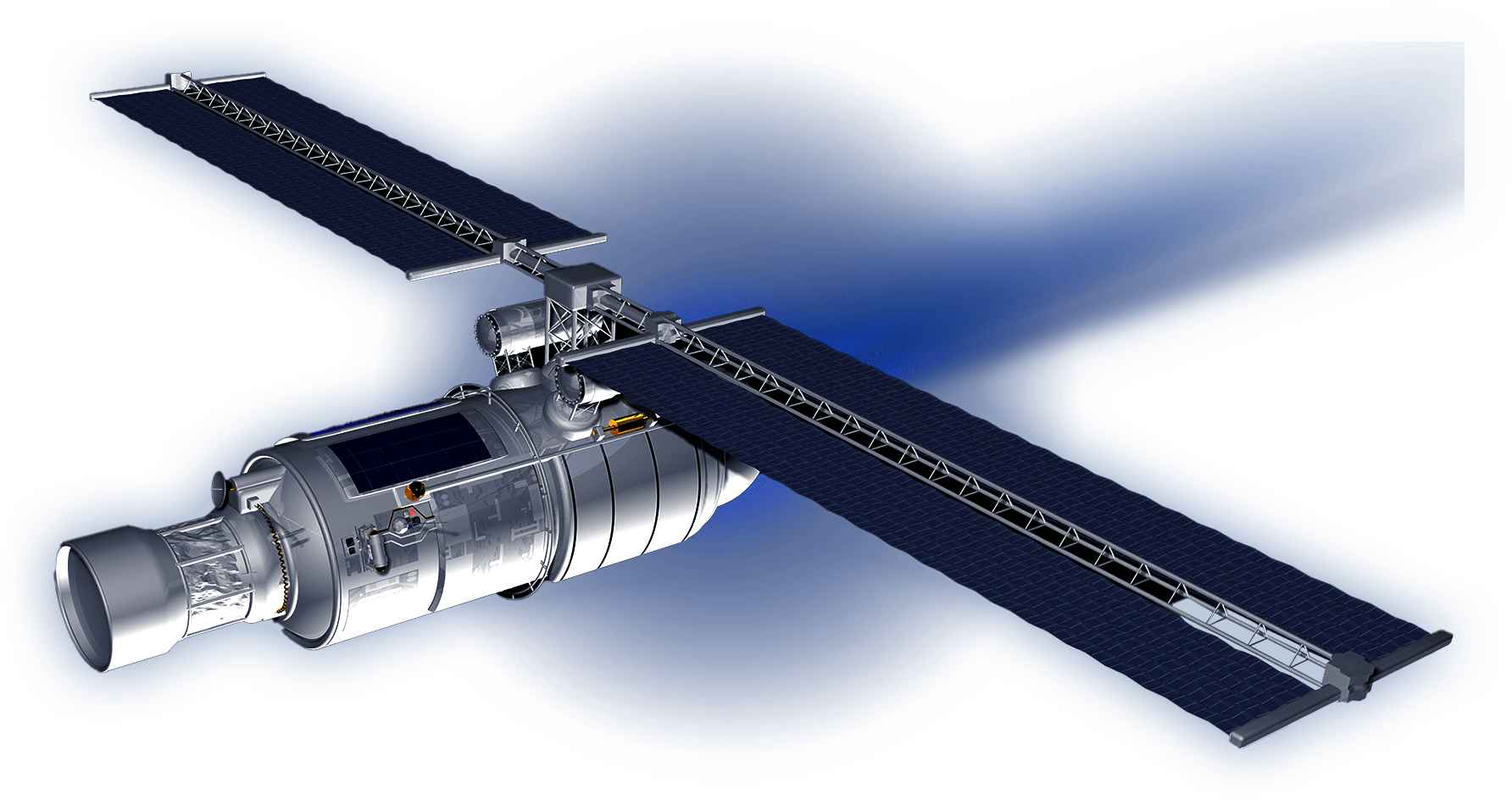


Kyocera creates value for society by identifying critical social and economic issues we can help
resolve based on global trends in the international community and stakeholders' expectations.
Through its business and CSR activities, Kyocera is committed to the realization of a sustainable society.
Kyocera's Core Business Strengths
Since its founding in 1959, Kyocera has developed sophisticated technological know-how and expertise
in Fine Ceramics (also known as advanced ceramics) and wireless technology. In addition,
Kyocera has established a large global network and a diverse product portfolio that allows us to engineer
unique solutions to solve our customers' most complex technological challenges.
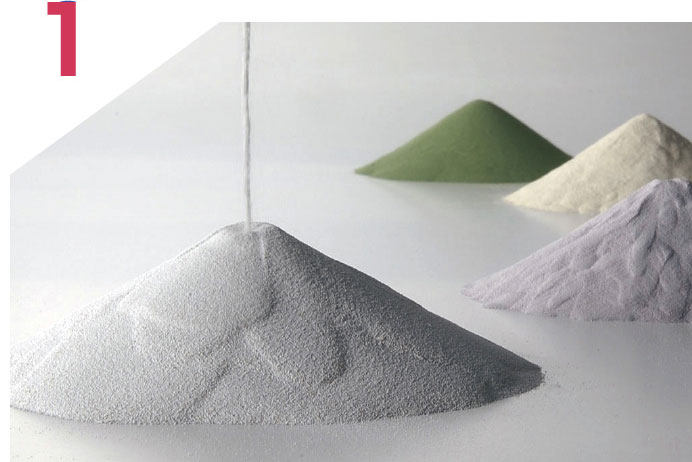
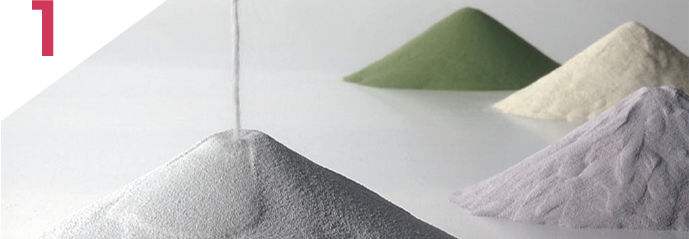
Fine Ceramic and Advanced Material Technology
Kyocera has been developing advanced materials, focusing on Fine Ceramics technology, for over 60 years. Our product and solutions capabilities range from semiconductor packaging (organic and ceramic materials), industrial equipment, electronic components, automotive components, and energy-related solutions.
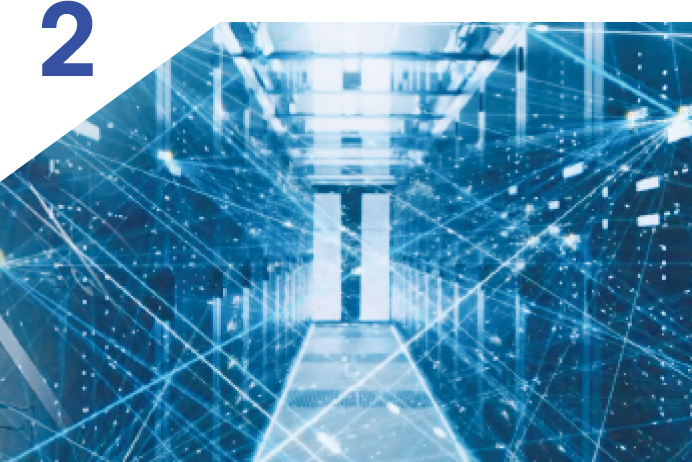

Wireless Communication Technology
In addition to providing telecommunications electronic components and communications-based document solutions, Kyocera has expertise in 5G base station technology, IoT modules development, and we also offer a range of communications engineering solutions, such as base station construction.

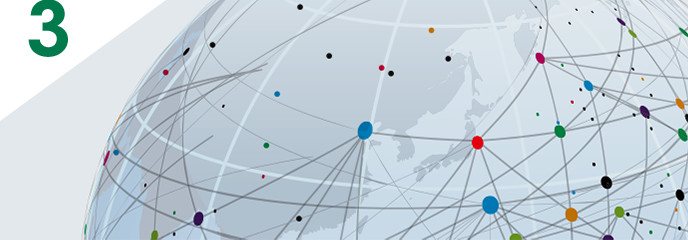
Global Network and Diverse Product Portfolio
We conduct production, sales, and R & D activities around the world. Through our diverse product portfolio, Kyocera supports a wide range of customers globally.
Kyocera Philosophy
The Kyocera Philosophy encompasses our corporate management philosophy that asks "what is right as a human being" as the primary judgement criterion. This philosophy, shared by all Kyocera employees worldwide, demonstrates the importance of striving for sincerity and honesty in all our actions.
Amoeba Management
Kyocera's unique amoeba management divides the organization into small groups, all operating based on an independent self-supported accounting system directly linked to the market. This management method fosters conscious leaders and promotes all management by all employees, leading to better outcomes for our customers and stakeholders.
Main Growth Markets
Kyocera will focus on four priority markets to solve social issues while expanding our strengths and increasing synergies within the Kyocera Group.

Information and Communications
As the global economy continues to change, there is increasing demand for more advanced communication technology. Kyocera will contribute to the realization of the information and telecommunications society of the future by developing cutting-edge components and semiconductor-related advanced material technologies, IoT-related technologies, and communications-based document solutions that contribute to increased business productivity.

Mobility
The automotive industry is in the middle of significant changes brought about by autonomous driving systems, advanced driver assistance systems (ADAs), and responses to environmental issues. Kyocera develops technologies and products that support a safe and secure mobility society, such as ceramic components used in EV and advanced tooling solutions contributing to the advancement of automotive manufacturing.

Environment and Energy
Kyocera has been developing, supplying, and operating solar power equipment and systems for about half a century under the concept of "Contributing to the world through the advancement of clean energy." In recent years, Kyocera has begun to expand its technological capabilities into storage batteries and related products. We aim to contribute to the protection of the global environment and the realization of a decarbonized society.

Medical and Healthcare
In addition to developing medical products and components to recover lost physical functions, such as artificial joints and dental implants, we create original devices that make daily health management more convenient. We will improve people's medical quality of life by providing total solutions for preventive medicine that extend healthy life expectancy.
Recent Strategic
Acquisitions
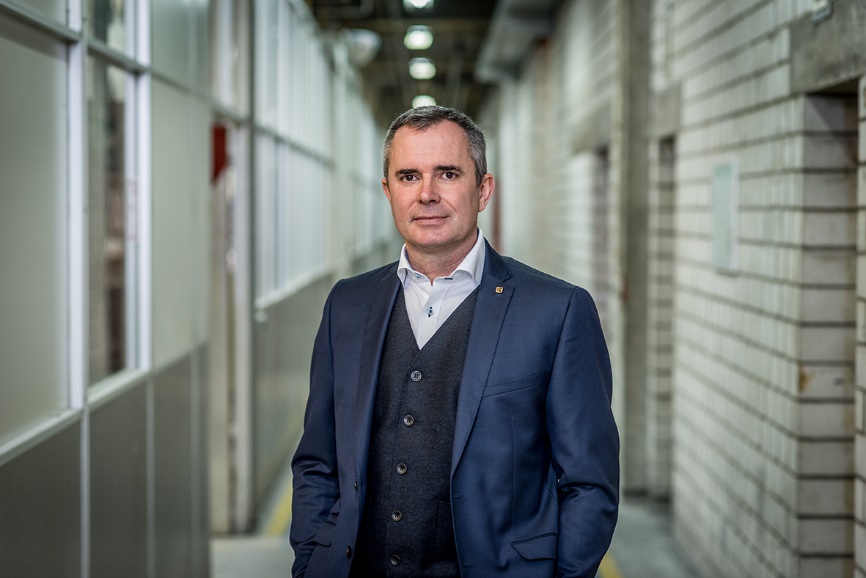
Mr. Armin Kayser (Managing Director of KFSG)
Advanced Technical Ceramics Supporting Critical European Industries
In 2019 Kyocera acquired Mannheim-based Friatec GmbH, later renamed KYOCERA Fineceramics Solutions GmbH (KFSG). By combining Kyocera's commitment to R&D with KFSG's expertise in technical ceramics manufacturing, the companies aim to support the medical, chemical, semiconductor manufacturing, electronics, and other critical European industries with innovative ceramics solutions.
Learn more here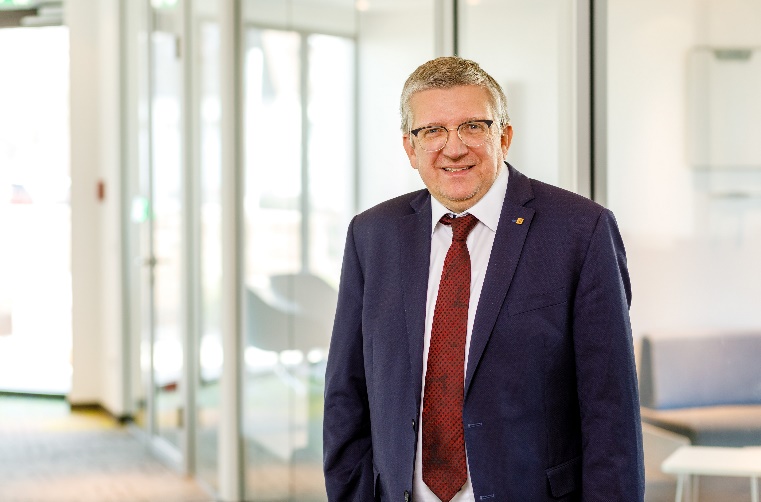
Dr. Carsten Russner (Managing Director of KFPG)
Pursing Efficient Manufacturing of High-Performance Ceramics through AI and Data Analytics
In 2019 Kyocera acquired the ceramics manufacturing business of H.C. Starck Ceramics, based in Selb, Germany. Renamed KYOCERA Fineceramics Precision GmbH (KFPG), the company focuses on manufacturing high-performance ceramics for a wide range of industries, including machine, plant engineering, aerospace, medical, and oil and gas. By implementing AI and data analytics into the manufacturing process, KFPG aims to be a high value-added and key partner for our customers.
Learn more here







 EU
EU
 DE
DE
